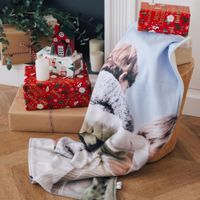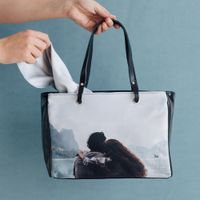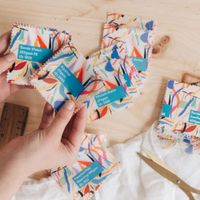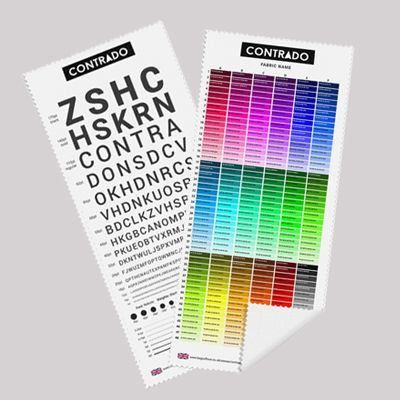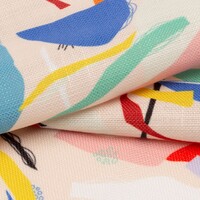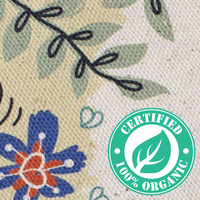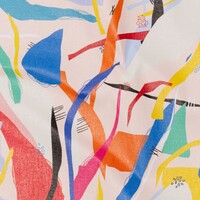Range of Coarse Fabrics
Choose from our range of different coarse fabrics
-
![Woven Canvas]()
Woven Canvas
-
Max Print:
1.57m
-
Weight:
300gsm
-
Roll Width:
1.59m
Heavy weight, stiff and non-stretch with a matte finish
Composition:100% polyester
-
![Panama Flo]()
Panama Flo
-
Max Print:
1.47m
-
Weight:
150gsm
-
Roll Width:
1.49m
Medium weight, stiff and non-stretch with a matte finish
Composition:100% polyester
-
![Dorchester Linen Look]()
Dorchester Linen Look
-
Max Print:
1.36m
-
Weight:
231gsm
-
Roll Width:
1.38m
Medium weight, stiff and non-stretch with a matte finish
Composition:100% polyester
-
![Portobello Canvas]()
Portobello Canvas
-
Max Print:
1.45m
-
Weight:
250gsm
-
Roll Width:
1.47m
Heavy weight, coarse and non-stretch, with a matte finish
Composition:100% polyester
-
![Gaia Eco Woven 100% recycled]()
Gaia Eco Woven 100% recycled
-
Max Print:
1.48m
-
Weight:
260gsm
-
Roll Width:
1.5m
Heavy weight, soft and non-stretch with a matte finish
Composition:100% recycled polyester
-
![Organic Half-Panama Cotton]()
Organic Half-Panama Cotton
-
Max Print:
1.47m
-
Weight:
300gsm
-
Roll Width:
1.49m
Heavy weight, stiff and non-stretch with a matte finish
Composition:100% organic cotton
-
![Sara Linen blend]()
Sara Linen blend
-
Max Print:
1.38m
-
Weight:
300gsm
-
Roll Width:
1.4m
Heavy weight, coarse and non-stretch with a matte finish
Composition:96% polyester 4% linen
-
![Cotton Calico]()
Cotton Calico
-
Max Print:
1.46m
-
Weight:
152gsm
-
Roll Width:
1.48m
Medium weight, soft and non-stretch with a matte finish
-
![Roller Blind Standard (allows some light)]()
-
![Scuba Crepe]()
Scuba Crepe
-
Max Print:
1.44m
-
Weight:
290gsm
-
Roll Width:
1.46m
Heavy weight, soft and stretchy with a matte finish
Composition:94% polyester 6% elastane
-
![Loose Knit Jersey]()
Loose Knit Jersey
-
Max Print:
1.44m
-
Weight:
185gsm
-
Roll Width:
1.46m
Medium weight, coarse and stretchy with a matte finish
Composition:95% polyester 5% elastane
-
![Woven Canvas]()
Woven Canvas
-
Max Print:
1.5m
-
Weight:
500gsm
-
Roll Width:
1.52m
Stiff, Matt, Opaque, Woven, Poly. Heavier Weight Canvas. Use: bags, sails, heavy canvas, upholstery, wall art.
Composition:100% polyester
Care instructions
Wash at 30°C, low tumble dry heat, hang to dry, do not wring, low heat iron.
What is a Coarse Fabric?
Coarse fabrics are those which lack delicacy of texture or structure. The fabrics themselves aren't fine. A common assumption is that coarse fabrics are all rough to the touch, or stiff, however this is not the case. Some textiles, such as our Gaia Eco Woven 100% Recycled fabric or our Cotton Calico are actually soft fabrics. These are ideal for making clothes and other garments. Some coarse fabrics are quite stiff, some are stretchy like our Scuba Crepe, while others are not. You can choose from light weight, mid weight or even heavy weight coarse fabrics.
How Your Coarse Fabric is Finished
When you use our design tool to create your custom prints for your coarse material you can opt to have it sent to you in one of a few ways.
As is - we'll send your material as it comes with a white border around the edge of your print, so that you can cut it how you want to when you receive it.
Cut on The Line - this will leave no white edges at all. One of our experts will cut your fabric, on the line of the print for you, before sending.
Hemmed - You can choose from two different types of hemming, and you can also choose the colour of the thread (black or white) that is used for the hem.
Overlocked - Stitches completely over the edges of your fabric
Baby hem - Either a single fold or two fold hem, which is stitched with a straight stitch. Ensure you take account the fabric which will be used for the hem when you select your coarse material size.
Light fabrics - 2 fold hem which will take up 6-8 mm, totalling 12-16 mm for all edges
- Medium fabrics that fray - 2 fold hem which will take up 15-20 mm, totalling 35-40 mm for all edges
- Heavy fabrics, fabrics that are still or are no-fray - single fold hem which will take up 15-20 mm, totalling 35-40 mm for all edges
